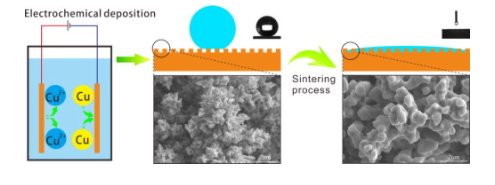Copyright © 2022 Foshan MBRT Nanofiberlabs Technology Co., Ltd All rights reserved.Site Map
Repair and regeneration of human tissues and organs using biomaterials, cells, and/or growth factors is a great challenge for tissue engineers and surgeons. The convergence of advanced materials science, nanotechnology, stem cell science, and developmental biology, which we define as Regenerative Engineering, represents the next multidisciplinary paradigm to engineer complex tissues. One of the grand challenges in this field is to mimic closely the hierarchical architecture and properties of the extracellular matrices (ECM) of the native tissues. A bio-inspired approach to creating biomaterials with nanoscale topographical features, micro- and macroscale gradient structures, and biological domains to interact with target growth factors and cells is key to overcoming this challenge for successful tissue regeneration. Furthermore, the healing and repair of diseased musculoskeletal tissues rely on many signaling pathways, involving numerous growth factors and their receptors. Thus, pharmacological manipulation of the signaling pathways with bioactive molecules is an important component of tissue regeneration. This review summarizes current strategies to develop advanced nanofibrous polymer-based scaffolds via electrospinning, their applications in regenerating human musculoskeletal tissues, and the use of polymer nanofibers to deliver growth factors or small molecules for regenerative medicine.

Published: 2015
Journal :PROG POLYM SCI
Impact Factor:23.284
Paper link:https://www.sciencedirect.com/science/article/pii/S0079670014001397